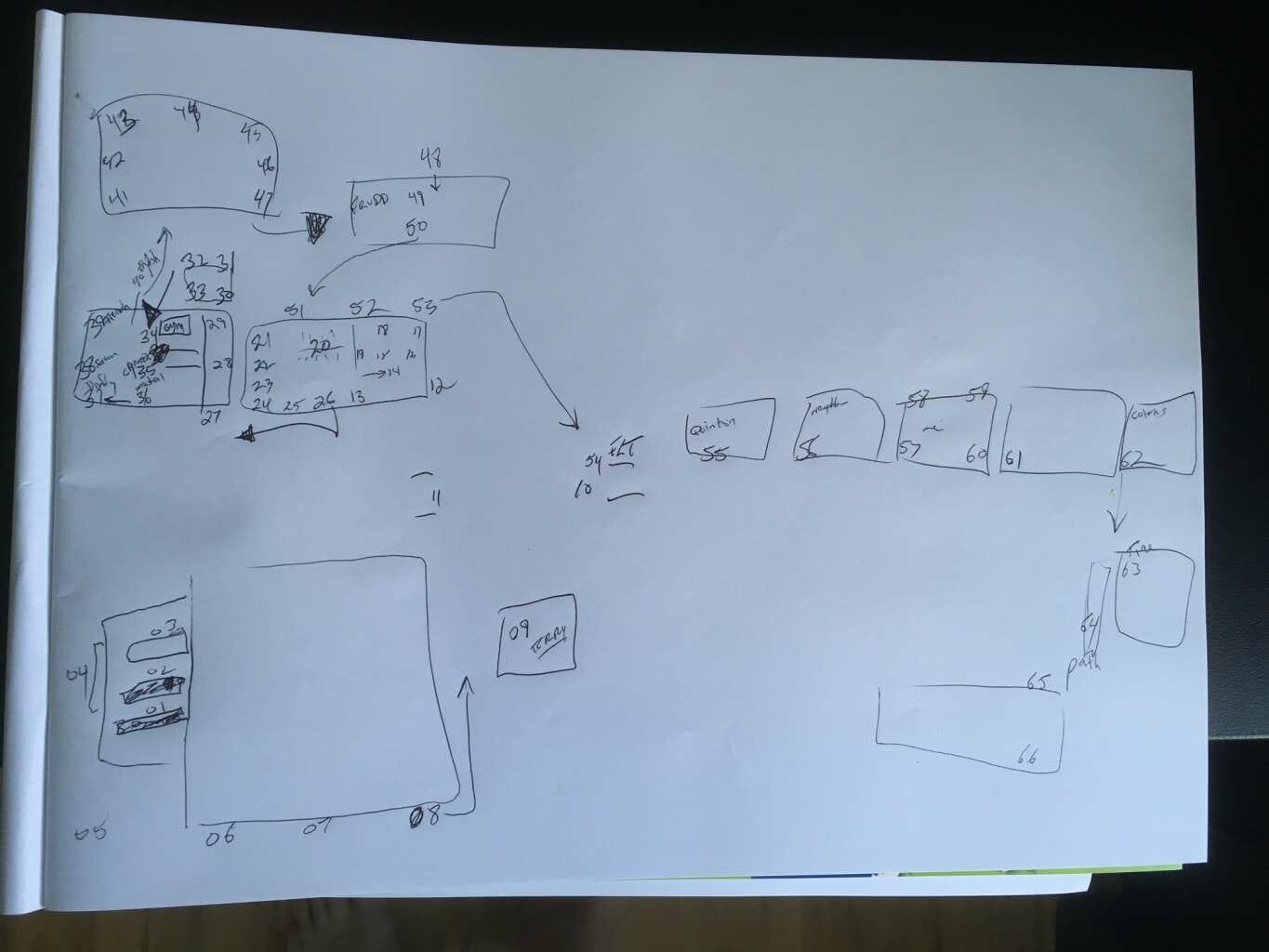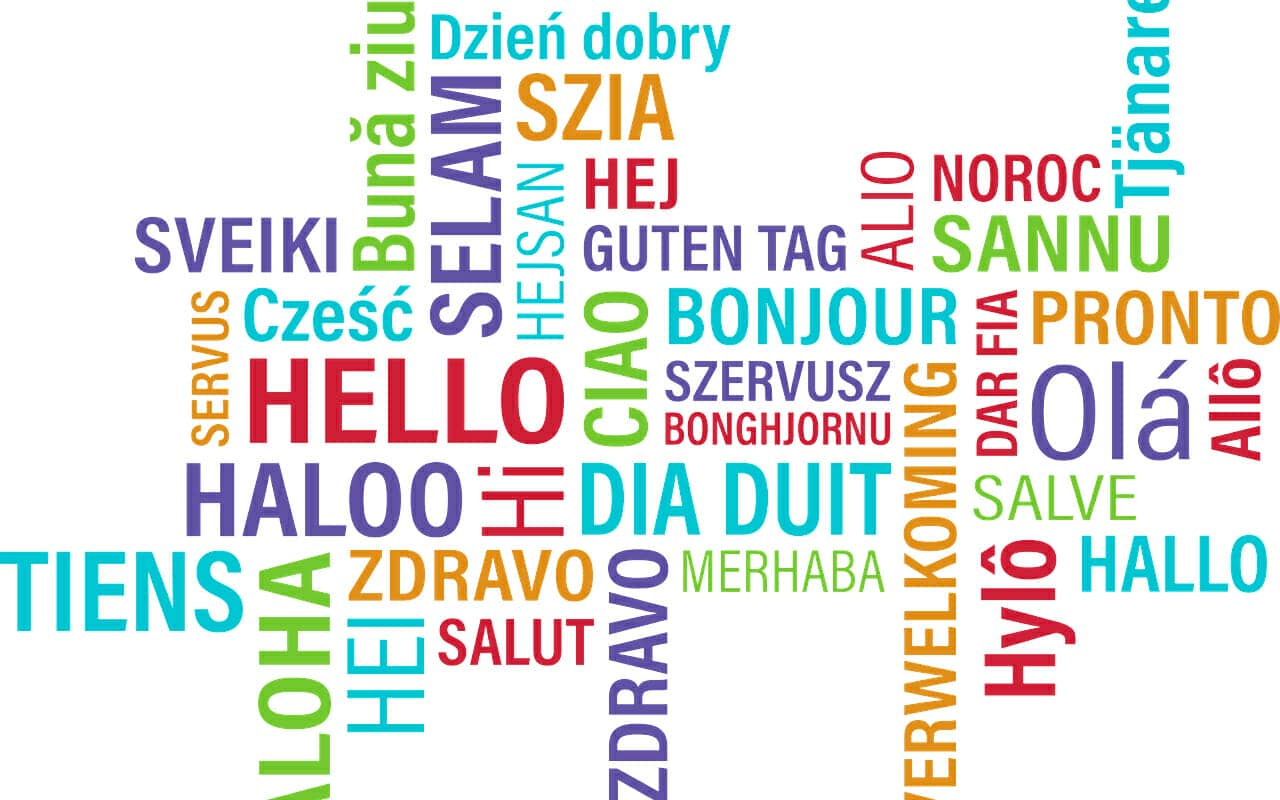Podcast: Download
Subscribe: Apple Podcasts | RSS
 Paul Pimsleur wanted language learning to be fun, interesting and engaging.
Paul Pimsleur wanted language learning to be fun, interesting and engaging.
He spent much of his career finding ways to make language learning keep the attention of students without them needing to refer to a dictionary.
To do this, he focused extensively on the specific words and phrases his various programs involved.
He also included a variety of spaced repetition elements within short learning sessions.
We talk about shrinking attention spans now, but even back in 1972, one of his books suggests that students of that era could not focus on a paragraph with more than 200-300 words in it.
Since very little has changed for better or worse, many people still seek out and try the Pimsleur approach.
But what is it exactly?
And how can you know in advance if a Pimsleur language program will work for you?
Good news:
In this Pimsleur review, I’m going to share my experiences with it as a learning and memory expert.
I’ll tell you why parts of his approach work and how to enhance those parts.
That way, if you’re going in cold, you can hit the ground running.
And if you already have a bunch of Pimsleur books or audio recordings kicking around, you’ll now be able to get much more out of them.
Ready?
Let’d dive in.
What Is The Pimsleur Method?
The Pimsleur Method accomplishes a few things at the same time:
- Introduction to new vocabulary and phrases
- Listening and comprehension practice
- Voluntary speaking practice
- Exposure to passive, irregular spaced repetition
- A relatively weak invitation to voluntarily use active recall
Having read a few of Dr. Paul Pimsleur’s textbooks, I feel that he was a credible educational innovator. There’s some real genius in what he put together, even if it has several weaknesses.
The main weaknesses have to do with a combination of user error and “faults” common to all self-study programs:
The individual has to bring their own personal volition and mental strength to get through the lessons.
So whether you’re using one of the now dated Pimsleur textbooks (like the ones he made for Spanish and French) or an audio program, here’s the first thing to consider:
Are you mentally stimulated by reading books on your own or listening to audio programs in a quiet study place where you won’t be disturbed?
These are important considerations because that’s what the Pimsleur approach is:
A technique that involves you studying from a book or an audio program on your own. You listen by yourself and repeat words and phrases based on a kind of mix of spaced repetition and context dependent memory exercise.
This means that you could become quite good at “playing the game” while listening to the recordings and responding. But you won’t necessarily be able to read or speak the language in a real life situation.
And if you’re a learner who needs interaction with others, Pimsleur risks being incredibly boring.
But for what it is, the approach is definitely legitimate. It’s just not something that’s going to help you develop fluency for reasons we’ll discuss in a minute.
How Does the Pimsleur Method Help You Learn a Language?
The answer is that the Pimsleur Method doesn’t help you learn a language at all. And it can’t.
It’s especially weak in some cases because it’s almost purely auditory. Even if you go through the guidebook, it won’t help you learn the hiragana or katakana, for example.
It’s also weak because if you aren’t aware of how to supercharge it with mnemonics, you’ll quickly fall into rote learning.
But don’t give up hope because it can help you develop some basic vocabulary and pattern recognition quickly.
Let me share an episode from when I first started learning Chinese to show how specifically it helped me.
Instead of expecting the Pimsleur program in Mandarin to help make me fluent, I used it for some basic vocabulary and phrases. That realistic mindset is key: I approached it as a tool, not a magic bullet.
While listening, I actively engaged with the audio material by writing down a version of what I was hearing. Then, without resorting to Anki or flashcards, I memorized the material using a Memory Palace.
I next wrote out what I memorized from memory and took the material into lessons with language tutors I found using some of the best language learning software.
And yes, the Pimsleur Method helped me quite a bit as a source for some basic familiarity with Chinese. I previously used it this way for German too.
The Pimsleur Method vs Other Auditory Memory Techniques
This question is easy to answer:
Most Pimsleur programs are dated. They often give you phrases in situations that are much less relevant in the 21st century than when they were recorded.
This isn’t a total deal breaker. But Olly Richards has been doing amazing work by creating audio programs to accompany story-based language learning books that are very up-to-date with contemporary issues.
Benny Lewis has likewise been proactive in making sure his language learning materials include phrases that relate to modern situations.
Frankly, the datedness doesn’t devalue the Pimsleur Method that much. But it does make context a big issue that may discourage you because you’ll often meet native speakers who will tell you, “we don’t say it that way anymore.”
Plus, even for the words and phrases that are good, you’ll still need to use the Big Five of Language Learning no matter which audio source or reading textbook you use.
The Big Five of Language Learning is essential. It gives you a balance of all the activities needed to develop fluency in a language.
You’ll learn how to balance them all effectively in this tutorial on how to learn a new language fast.
The Pimsleur Method vs Other Memorization Methods
Technically, Pimsleur is not a memorization method. It’s not even a memory technique.
As Pimsleur wrote in Sol y Sombra, one of his still perfectly useful textbooks for learning Spanish, his goal is to help learners:
- Increase active vocabulary knowledge
- Practice grammatical structures
- Exercise comprehension
- Practice speaking and writing
Although each of these things provide memory exercise, the approach is not mnemonic in the sense we mean in the Magnetic Memory Method Masterclass.
Don’t get me wrong. Pimsleur’s approach is effective. It’s just not a mnemonic strategy because it doesn’t involve elaborative encoding.
Having short study sessions and spaced repetition does involve some chunking, however.
But if you do want a memorization-based language learning strategy, here’s what I suggest:
One: Develop Memory Palaces
Memory Palaces are useful in language learning for a few reasons. And they’re becoming increasingly popular since 3x World Memory Champion Alex Mullen and Mandarin Blueprint arrived on the scene.
Then you have my students like Sunil Khatri and Kevin Richardson, amongst many others, who have crushed their language learning goals thanks to this simple ancient memory technique.

So what is it and how does it work for learning a language?
Basically, you associate words you’re learning with familiar locations. Instead of passively listening to the Pimsleur material, you mentally translate those words and phrases and “place” them in a bedroom or on a living room couch.
Two: Use Highly Memorable Associations
For example, when I first started learning Chinese, I used Pimsleur in combination with a library in Berlin.
The first sentence was, “Do you speak…?”
I created a mental image, something like Bruce Lee kneeing Hemingway with his shoes.
This translated easily into, “Nǐ huì shuō…”
From there, you just add more images to learn an entire phrase.
Three: Recall Strategically
As mentioned in the video above, I wrote out what I memorized from memory. This exercised my memory through active recall.
Pimsleur certainly prompts you to recall the information, but because it involves no memory training elements, you don’t form memories as quickly as you could.
And again, if you’re recalling only in the presence of a recording, you might do okay in that context. But it’s actually conditioning you to not be able to recall nearly as well in real life situations. You need to also practice recalling what you’re memorized with native speakers.
Four: Dictionary Sourcing
As much as I admire many of Dr. Pimsleur’s innovations, I feel that one of his motivations was patently false.
So many language learning gurus seem to think that students should not be using dictionaries.
I find this incredibly strange because dictionaries are sources of words and meanings. Why would you want to avoid them when you’re learning a language?
Not only that, but when you don’t know what a word means in your mother tongue, the dictionary is precisely where you go. Plus, if you want a variation on a word, you go to a thesaurus.
So the prohibition or deviation from using dictionaries strikes me as utterly false. Using a Memory Palace Network in combination with a dictionary is incredibly useful. I also sometimes use mind mapping in language learning in combination with dictionaries, especially for tough words.
Even though I’ve trained myself to become something like a walking mnemonics dictionary, for whatever reason some words still evade even my many years of practice using the Magnetic Memory Method approach to mental imagery.
The point is ultimately moot no matter which way you look at it. Olly Richards’ books always come with a kind of mini-dictionary with key words in what you’re about to read or listen to.
This kind of dictionary-esque feature has been with us at least since Wheelock’s Latin. And it’s this feature that makes Olly’s books amongst the best language learning books in existence.
In a word, dictionaries work when you want to memorize the vocabulary of any language. Take advantage of them!
So, Does the Pimsleur Method Really Work?
As I hope you’ve discovered in this article, I think “Does Pimsleur work?” is the wrong question.
Pimsleur can be a useful part of learning any language.
But there’s no such thing as one source when it comes to learning any language. You need to combine a number of approaches.
And if you’re willing to book enough sessions with language learning partners, you could potentially skip it altogether. Frankly, there are so many free sources of words and phrases from so many languages these days, you don’t really need to invest in an old recorded program that this company has transferred to MP3s.
And that’s ultimately its biggest failing.
It has “crystallized” how a handful of native speakers pronounce the language. What you really need is exposure to a variety of speakers, which these days can be accessed easily within your Netflix account.
Plus, you need feedback from native speakers, especially when it comes to sharpening your verbal memory for sounds and meanings.
So although I’ve used the program twice for German and Mandarin, I learned far more by following the Big Five and spending time with native speakers based on memorization.
And if you’d like to know more about using a Memory Palace to commit mounds of vocabulary and phrases to memory quickly, grab this FREE Memory Improvement Kit:
It will help you rapidly commit essential words and phrases to memory from any source.
So what do you think?
Do you like the Pimsleur concept yourself?
Or are you ready to update your approach for the 21st century with the most scientific and direct language learning methods available to you at a very low cost?
Related Posts
- Why Rote Memorization Is the Easiest Method In Town (When It Isn’t Busy Being The Hardest …)
The number one reason rote learning is the hardest technique around, even when it seems…
- Bilingualism: Why Language Learning Makes For a Healthier Brain
Bilingualism is said to enhance your better problem-solving abilities, and improve your concentration and focus.…
- 10 Best Languages to Learn in 2024(And Why)
When it comes to the best languages to learn, this is the list you need.…








2 Responses
Hi Anthony,
I have used Pimsleur for two difficult languages – Mandarin and Hebrew.
There are some amazing benefits to using Pimsleur to begin learning a phonologically complex language such as Mandarin.
The key is to commit yourself to doing the entire program (three levels) and having a fixed time each day to sit down and
“train.” I call this kind of language learning “language training” because you are in effect “training” yourself to perfectly imitate the
pronunciation of the native speaker. There is no other method (that I know of) where you can sit down, turn on the CD player, and
“train” yourself with the rapid-fire question-and-answer, whereby you’re answering (in the language) about 70 or 80 questions, or giving
that number of responses, in a half-hour lesson. When learning a difficult phrase, you can put it on pause and say it aloud 10 times to really encode it in your mind and in your mouth! I ONLY use visual imagery on really difficult phrases – everything else I just learn by
encoding it in my mind and in my mouth.
The best benefit of Pimsleur is that your PRONUNCIATION will be perfect. Mandarin speakers can understand me perfectly.
It is true what you said that you won’t necessarily understand the answers when you chat up a stranger – even with three levels of Pimsleur and one hundred training-hours, your vocabulary might be only four hundred phrases and sentences – but you can say what you know with CONFIDENCE that the word order is correct, the sentence is properly structured, and your pronunciation is nearly perfect.
I would encourage people to set up a “Pimsleur station” in a quiet corner of their home – or even in a closet, ha ha! – and commit to thirty training-hours, to start. Do it daily, about half an hour. No shame in repeating a lesson. I did every lesson twice, and the difficult ones three times. Ha, no one needs to know. There is no embarrassment in repeating tough phrases until they stick, because it’s only you in the
makeshift “classroom.” Finish the program and then go on to something else so you can learn reading and writing. Pimsleur will give you a basic confidence, and you can have a few “monologues” to use when meeting new people in your travels. The “monologue” you develop for yourself using Pimsleur will enable you to present yourself well enough, and can open doors to new places and people, even if you’re not anywhere near fluency… you’ll seem fluent enough for five minutes, and in many situations that is sufficient.
Thanks, Carol.
I did not find my pronunciation to be anywhere close to perfect. But my English pronunciation isn’t perfect either.
Great suggestion about having a station for learning. That’s useful for many things we need to learn, if not all things.